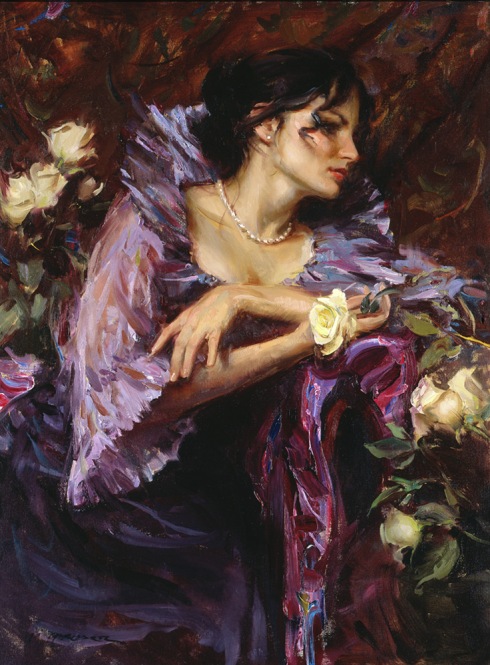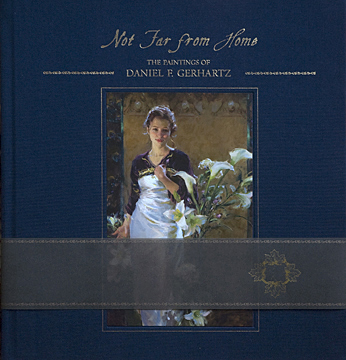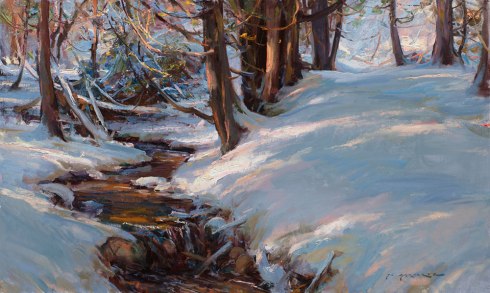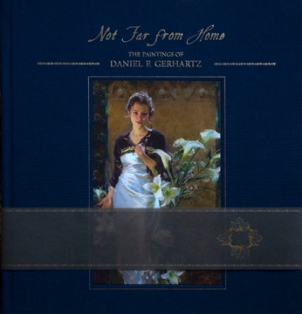“Not Forgotten”
At first glance, the harmony in “Not Forgotten” would appear bleak and dreary, but on the day I stood in this cold cemetery, I found great comfort and peace in the muted tones of this oil landscape.
More often than not, I find myself most deeply moved by subjects or works of art that are the tightest in harmony. It is the Emil Carlsen still life that remains with me days after its viewing, the Chopin nocturne that seems to calm the loudness of life. Alphonse Mucha, another favorite of artist of mine, triumphed beautifully in capturing the subtlety of tone found in creation. These artists favored quietness to bring great power.
 Emil Carlsen, Salmagundi Club collection
Emil Carlsen, Salmagundi Club collection
I must also add that “Not Forgotten” was painted soon after the passing of my dad. The rawness and harshness of the reality was softened that day by absorbing the richness of tone and harmony present.
I am so grateful for beauty and the healing balm it offers to our souls. God, You are most worthy of praise for bringing beauty from the ashes.
Also available, New instructional video, “The Beginning of Autumn”.
Ten years since the release of his best selling DVD, “Her Mother’s Locket”, Dan returns in video to share his practical, accessible approach to oil painting. During this 6-hour presentation, he brings to viewers his 25 years of experience in painting the figure outdoors, walking his audience through the hurdles and challenges that face the painter. From a thorough discussion of materials to discussions about what truly ignites his passion for painting, Dan spares nothing as he works through the process. Beautifully filmed, precisely edited, “The Beginning of Autumn” will be sure to inspire. Great as a holiday gift idea.
Thank you!






















